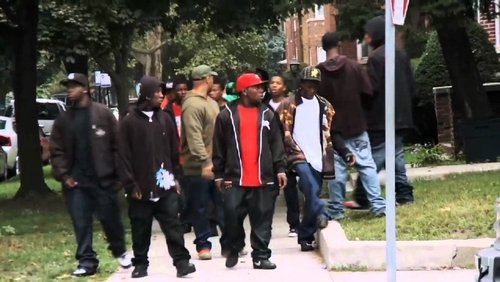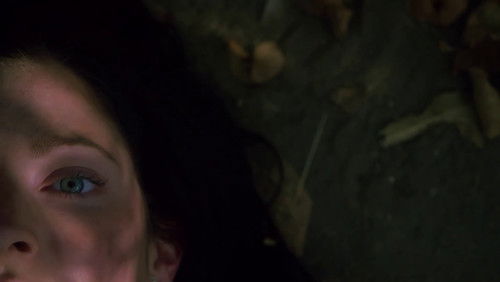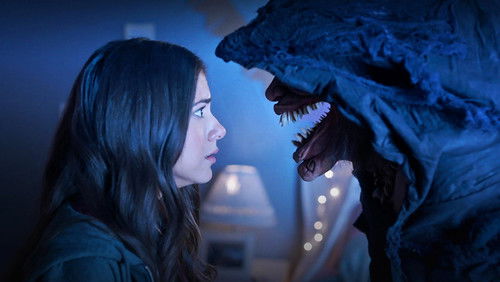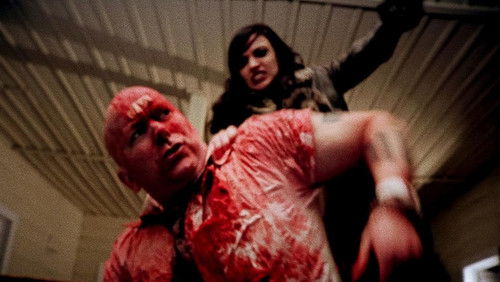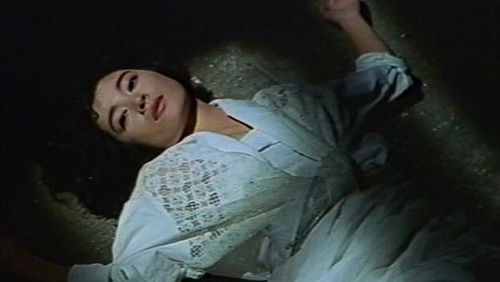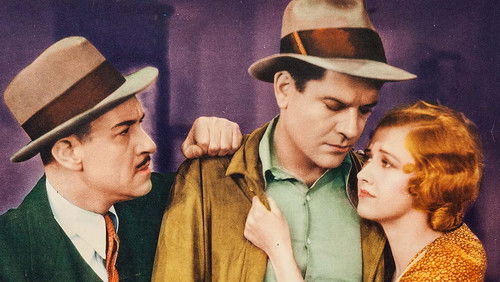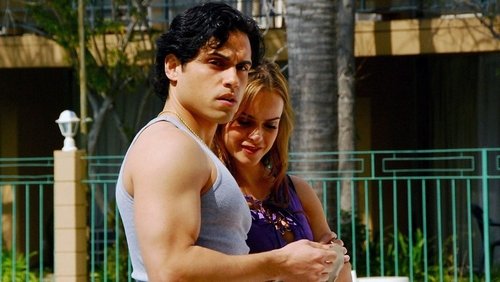Das Testament des Dr. Mabuse (1933)
53KDas Testament des Dr. Mabuse: Directed by Fritz Lang. With Rudolf Klein-Rogge, Thomy Bourdelle, Gustav Diessl, Rudolf Schündler. A criminal mastermind uses hypnosis to rule the rackets after death.
“Langu0026#39;s last film in Germany before he hurriedly left the country (the director claimed that he had lately been offered a key position in the Nazi-controlled film industry), The Testament Of Dr Mabuse (aka: Das Testament des Dr Mabuse) is best seen as a warning by a departing talent, as well as a continuation of many of the themes of the directoru0026#39;s previous work. Dr Mabuse, The Gambler (1922) had been a great success, and his new film, his second made in sound, capitalises on the reputation both of the earlier film and the grand social malevolence of its central character. Mabuse is another of Langu0026#39;s evil, all-controlling masterminds – he was to reappear again in the directoru0026#39;s last film, The 1,000 Eyes Of Dr Mabuse (1960) – the representation of whose hypnotic presence and malign influence was to find disfavour with the followers of Hitler. The Nazis gained power during the post-production period of the film and, while recognising the great directoru0026#39;s talent; Testament was promptly banned by Goebbels who found the political portrait implicit in Mabuse too close to home. In later years Lang was to suggest that the film was intended as a political parable, although this might have been exaggerated. u003cbr/u003eu003cbr/u003eAs the present film opens, Inspector Lohmann (a splendidly grouchy Otto Wernicke) receives a message from a former criminal associate who has stumbled onto a massive criminal conspiracy. Before the details can be spelt out, the crook is hunted down and killed. Investigating his disappearance Lohmann discovers the name Mabuse scratched on a windowpane (a clue echoed in Langu0026#39;s M, in which Lohmann also appears.) Mabuse is discovered in an asylum in the charge of Dr Baum (Oscar Beregi). The criminal genius, insane but with his remaining magnetic attraction intact, is feverishly writing detailed notes on prospective crimes. When Mabuse dies, a visiting Dr Kramm finds the brilliant criminal notes of Dr Mabuse on the floor, compares a news report of a jewellery robbery to what he is now reading and tells Baum that he is going to report it to the police. He is promptly killed by Mabuseu0026#39;s elite Section 2B hitmen on orders from the unseen leader – a scene set in traffic that found an echo over 30 years later in The Ipcress File (1965). Meanwhile a romance develops between Kent (Gustav Diessel), one of the henchmen of Mabuseu0026#39;s gang, still apparently controlled by remote control instructions, and the woman Lilly (Vera Liessem) who helped him when he was down and out. Mabuseu0026#39;s u0026#39;testamentu0026#39; thus lies in both the meticulously planned crimes, which make up his posthumous papers as well as his hypnotic and malign influence on those who are controlled by him.u003cbr/u003eu003cbr/u003enCritics have compared the visual style of this film with those of others from the same period, notably Spione (aka: Spies, 1928), Langu0026#39;s most recent comparable social thriller. Testament is far more cluttered, its visual confusion suggesting moral complexity as well as the closing in of threatening events – both as far as the characters are concerned and, as it unfortunately turned out, for German society in general. In M, evil was detected in the presence of a murderous outsider, one eventually brought to book by a benign conspiracy of the underworld. Here there is a web of criminal activity and corruption from which no one is entirely immune, and in which many are driven by a murderous compulsion to obey an evil power. At the same time, Lang is happy enough to introduce into this world of social corruption elements of thrills and suspense, which spring from a much simpler world of serials and adventure stories. The near documentary feel of a lot of the film is interspersed with explosions, floods, chases and close escapes. In this way the sombre, far reaching criminalities of Mabuseu0026#39;s schemes, rooted in current socio-political unrest are counter-pointed with time honoured pleasures brought by crime melodrama. Lang had a weakness for this sort of drama: The Spiders Part II: The Diamond Ship (1920) contains a somewhat similar but much shorter, scene, where the hero is also trapped in a water filling room from which he escapes. It has been noted just how much of the action of Testament plays out like a dream, and in this sense it anticipates the disorientating mood which would characterise much of noir cinema of a few years later – of which the newly Americanised Lang would be a major exponent. Certainly the arch criminal mastermind of Mabuse has something in common with such later characters as, say Mike Lagana in The Big Heat (1953) although such figures in Langu0026#39;s American period are far less omniscient. Once Hitler was out of the way, Lang increasingly saw the manipulation of human life as the province of fate rather than men, a view that had made its first ongoing appearance as far back as Der Müde Tod (Destiny, 1923). In Testament, some indeed appear pre-doomed by a nemesis stalking them, although this is largely placed in the human realm. Events play out like an unstoppable nightmare – a feeling reinforced by Mabuseu0026#39;s somnambulistic appearance as he constructs evil from his bed, the presence of ghosts, the unreality of the mysterious drama which unfolds and such scenes as the weird opening, its surreal use of factory sound anticipating the dark sound-scapes of Eraserhead (1978). By the end of Langu0026#39;s film there is a sense that all have been involved in some grand combine of evil, and that the disorder and social chaos it presages has only just been forestalled – not by justice, but madness. u003cbr/u003eu003cbr/u003e Modern viewers coming to Langu0026#39;s film will find much to enjoy, even if some of the incidental elements have necessarily become a little dated. The editing and camerawork are excellent, and Rudolf Klein-Roggeu0026#39;s piercingly intense Mabuse is a memorable creation. Lohmann and the supporting cast are memorable characters, although the romantic interest between Kent and Lilly looks a little faded after all these years. Itu0026#39;s a film in which special effects go hand in hand with suspense and the staging is still impressive. Amongst the most memorable scenes are those are the end with the destruction of the chemical factory and the expressionistic car chase back to the asylum. Most importantly, while the morally debilitating effects of the post-war German depression as well as the impending rise of adulatory Nazism have now passed into history, Langu0026#39;s dramatisation of cause and effect remains as electric as ever in one of the finest films of his early sound career.”


